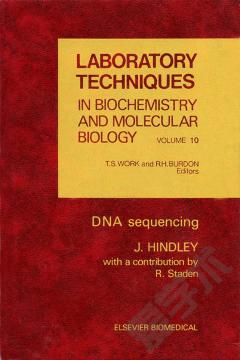DNA for Defense Attorneys
Deoxyribonucleic acid, or DNA, is the fundamental building block for an individual's entire genetic makeup. DNA is a powerful tool for law enforcement investigations because each person's DNA is different from that of every other individual (except for identical twins). DNA can be extracted from a number of sources, such as hair, bone, teeth, saliva, and blood. As early as the 1980s, states began enacting laws that required collecting DNA samples from offenders convicted of certain sexual and other violent crimes. The samples were then analyzed and their profiles entered into state databases. Meanwhile, the FBI laboratory convened a working group of federal, state, and local forensic scientists to establish guidelines for the use of forensic DNA analysis in laboratories. This book provides an overview of how DNA is used to investigate crimes and help protect the innocent. It reviews current statutory law on collecting DNA samples, sharing DNA profiles, and providing access to post-conviction DNA testing.
{{comment.content}}








 京公网安备 11010802027623号
京公网安备 11010802027623号